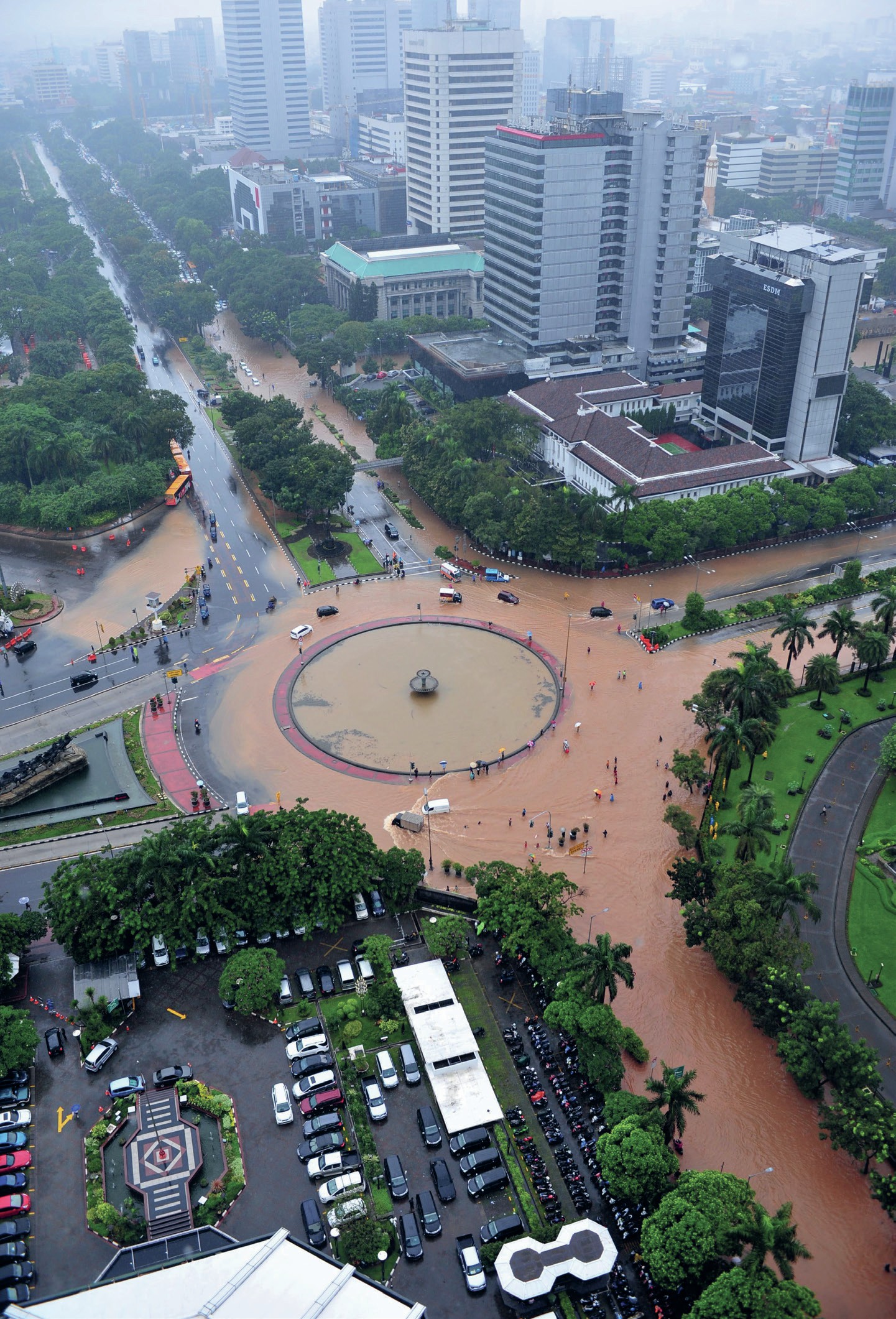
When we think about problems that people in LIC megacities face, we tend to think of issues such as poor-quality housing, education, healthcare and sanitation alongside issues of high crime and inadequate waste disposal. Not only does Jakarta have all these problems, but it is also sinking (see Box 1). This problem is worst in North Jakarta, which borders the Java Sea (Figure 1). Here, the land has sunk by 2.5 metres in the past 10 years and is currentlysinking at about 20 cm a year. In addition, Jakarta is built in an area subject to earthquakes and at the confluence of 14 rivers.
Although Jakarta holds the unenviable title of the world’s fastest-sinking megacity, other cities are also sinking relative to sea level, including Venice, Beijing, Shanghai, Mexico City, Lagos, Manila, Bangkok, Dhaka and London. Most of these cities are sinking for the same reasons as Jakarta, however London is sinking due to ice melt at the end of the ice age.
Your organisation does not have access to this article.
Sign up today to give your students the edge they need to achieve their best grades with subject expertise
Subscribe




